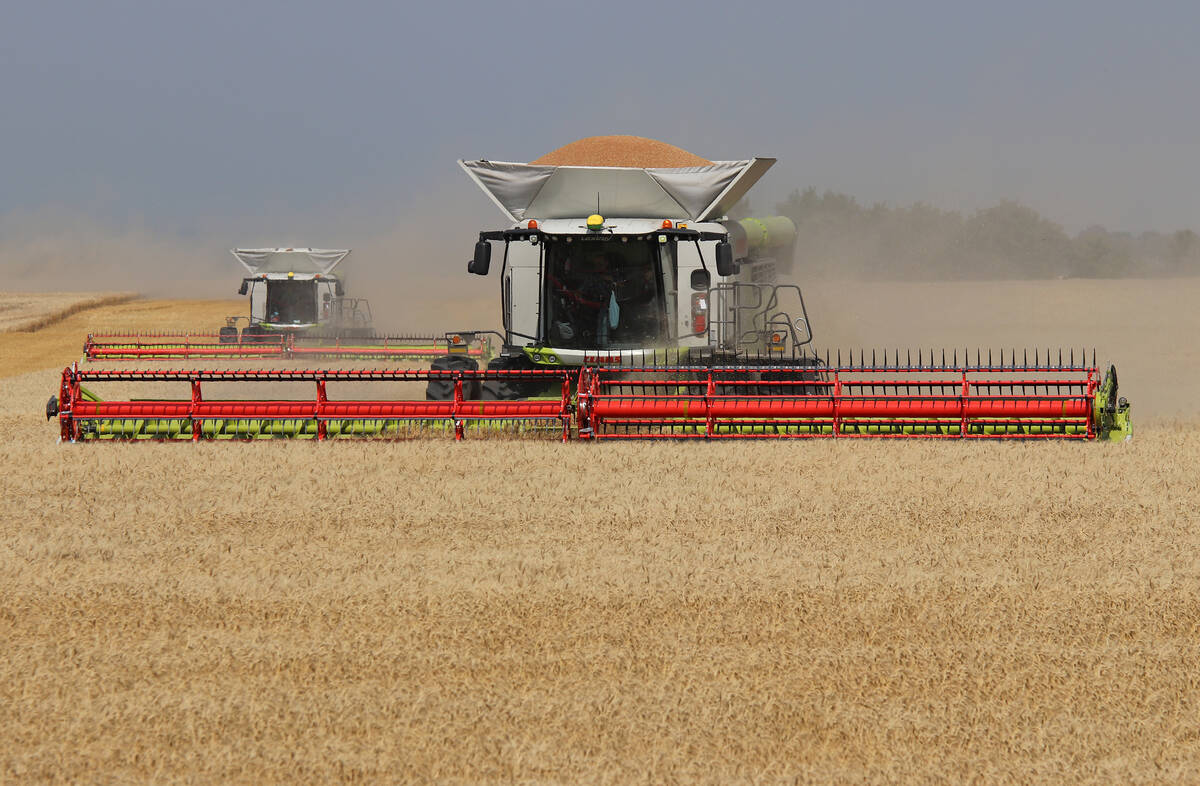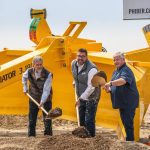I show my age when I admit that my first experience with plant growth regulators was in the late 1970s.
The company where I worked was a leader in marketing PGRs in Europe. These products also worked on the Canadian Prairies, but it was decided that there was more money to be made applying them to chrysanthemums and poinsettias than on wheat.
As well, in those days we knew western Canadian farmers would never apply nitrogen at rates so high that they would cause lodging in wheat. Right?
Read Also

China’s grain imports have slumped big-time
China purchased just over 20 million tonnes of wheat, corn, barley and sorghum last year, that is well below the 60 million tonnes purchased in 2021-22.
Times have changed and so have fertility practices.
We now have more productive varieties that can, in the right year, take advantage of additional nutrients.
As well, farmers have seen the yield increases that come from increasing investments in technology, nitrogen and genetics.
However, lodged crops can be the downside of all that productive growth.
As a result, new and improved PGR products that cost much less than they once did are sparking farmers’ interests as they look to tame stem and leaf growth while maintaining seed production.
It must be frustrating for Engage, which registered and introduced the PGR Manipulator 620 to Western Canada this year. Its first season has turned out to be one of the driest years in the last decade or more.
Many environmental and input product interactions come into play in the life of a wheat plant. Plant growth regulators are natural and synthetic hormones, and it is critical that application timing takes place to enhance those interactions rather than interfering with them.
PGRs are not fool proof. Research in other regions has shown that applying them at the wrong time, during the grain-filling period, can actually limit yield.
However, if applied according to the label, manufacturers claim reduced lodging and often increased yields as plants make productive use of their capacity.
However, the primary reason a producer would want to use a PGR is to control lodging. The thought is that the hormones in plant growth regulators would control the height and strength of the stalk.
Producers must ask themselves if they really need a PGR or if they should instead consider another wheat variety, other inputs and agronomic management.
Cultivar selection, planting dates and excessive nitrogen and water all come into play with lodging.
However, nitrogen rates are such in the black soil zones of Western Canada and in irrigation areas that many areas of most fields are vulnerable to lodging.
Many of the producers who have been asking me about plant growth regulators are concerned about late season lodging. This causes many harvest challenges, but the biggest lodging yield losses occur when the head is emerging.
Irrigation and irrigation timing are important factors in lodging. Sadly, the timing and amount of rainfall cannot be controlled in dryland areas, where excessive rainfall has become expected in the past few years.
Producers obviously want to maximize yields, but their greater concern should be maximizing revenue. Lower commodity prices mean growers should be evaluating all inputs, including fertility.
Producers who make decisions to maximize revenue might find they do not really need a PGR across the entire field. In many fields, application of a PGR using a variable rate prescription might maximize the benefits of a PGR and optimize returns.
Of course, the elephant in the room this year is that most of the major grain buyers are refusing to buy Manipulator-treated wheat because chlormequat chloride, the active ingredient in Manipulator, has not yet been registered in the United States and maximum residue limits have not yet been established.
Viterra is the only grain company that is indicating a willingness to accept Manipulator treated wheat, which creates opportunities on both sides of the fence.
Keep your eyes open for field demonstrations and neighbouring farms where Manipulator is being tried to better ascertain the product’s fit on your farm. One size won’t fit all when it comes to PGR use on the Prairies.















